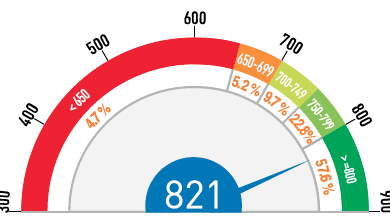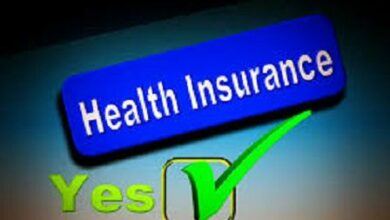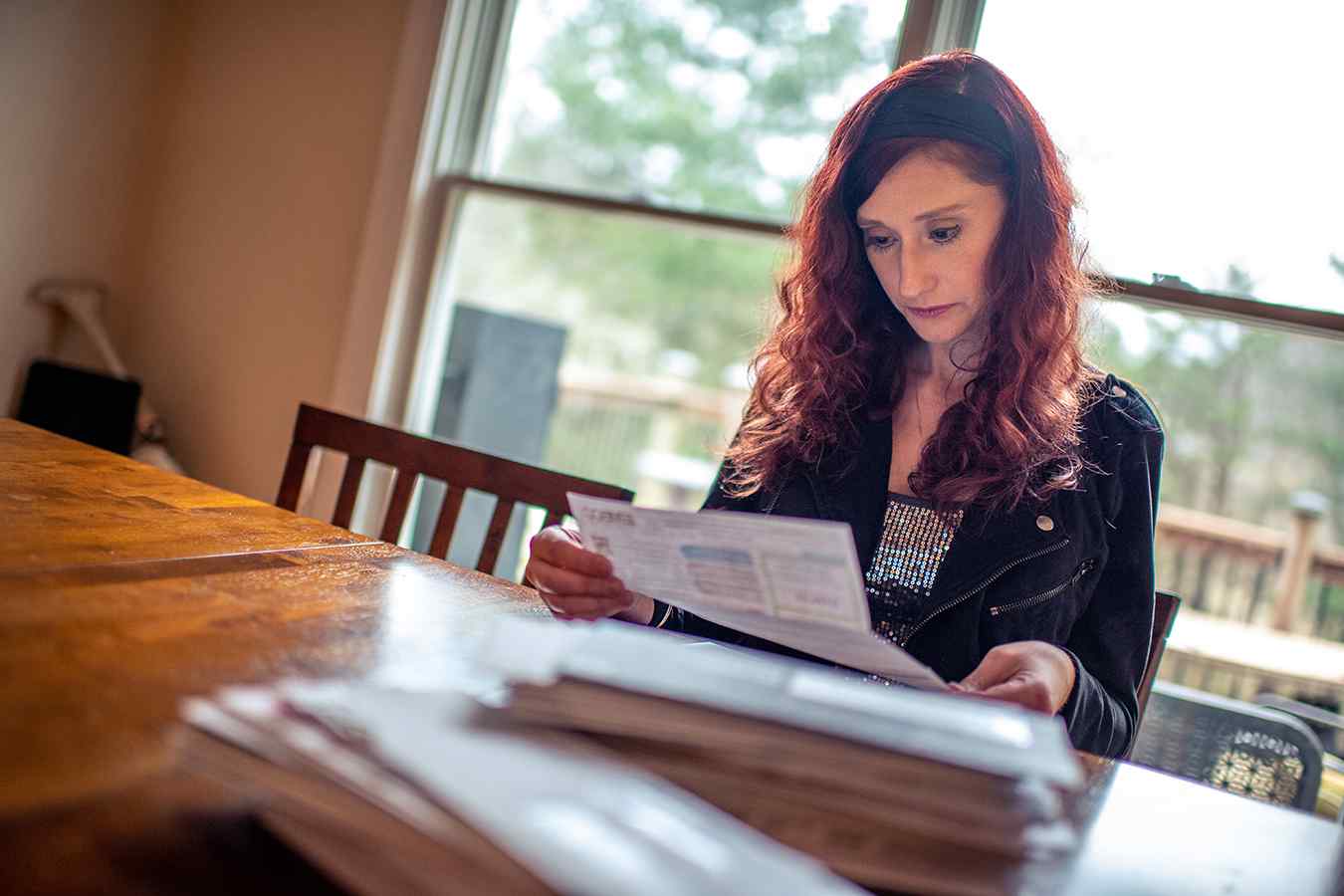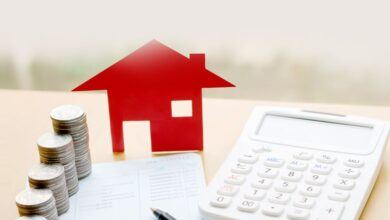Finance
Credit Card Billing Statement: 7 Things to You Should Know
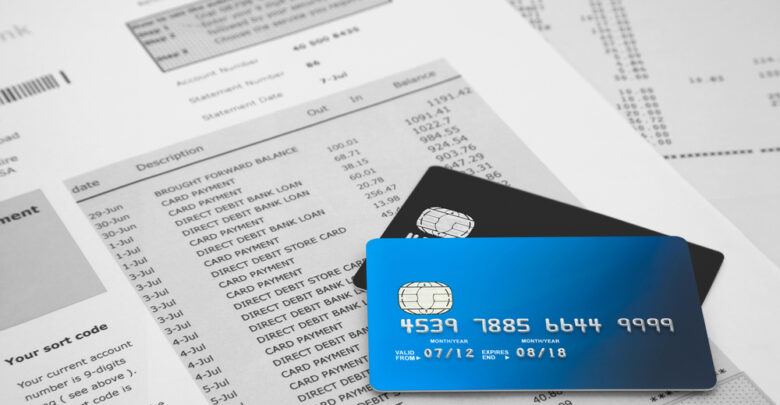
After getting a credit card, your bank has a legal requirement to send you a monthly billing statement containing all information about your credit card account. It enables you to avoid the hassle of keeping up with your credit card transactions every time you make a purchase. It is crucial to view your credit card statement to keep track of your spendings, maintain your credit account, keep your account in good standing, and prevent unauthorized transactions.
Credit card statement
So, what is a credit card billing statement? It is a periodic statement that contains details of your purchases, payments, outstanding dues, etc within a billing cycle. Your issuing bank is legally bound to send you your billing statement at the end of every month. They are legally required to send over the credit card statement at least two weeks before the due date.
Although your credit card statement is a lengthy document, you will need to thoroughly read everything mentioned there. You must know your balance, minimum payment, and all the transitions you made.
Details in a credit card statement
Your credit card statement contains everything you need to about your credit card account, such as:
- The balance amount from the previous months
- Minimum payment due
- Late payment fees
- List of payments, purchases, credits, balance transfer, cash advances, fees, interest, etc.
- Different types of balances on your credit card and the interest rate and charges for each.
- Credit limit and available credit
- Number of days in your billing cycle
- Contact information
- Rewards earned or redeemed
Your credit card statement will also include a minimum payment clause. It indicates the time it will take to pay off your balance if you only make the minimum payment and the total amount you will have to pay.
The right time to receive your credit card billing statement
Your issuing bank sends you your billing statement to your email address or mailing address at the end of every billing cycle. Your credit card statement comes at least 21 days before the due date. It gives you ample time to pay your bills on time and avoid interest charges.
You can also view your credit card statement online through your credit card account. You will need to log in to your online account and tap a link to access your billing statement. Keep in mind that you will need a PDF reader to view it
What if your account is closed?
Even if your credit card account is closed, you will continue to monthly billing statements until you repay your credit card balances in full. After closing your account, your responsibility to make regular monthly payments does not end there. You will still receive your credit card statement, and you will be charged interest and fees on the outstanding balance.
However, it is worth noting that you will not be able to make additional purchases on your credit card. Make sure to check your credit card statement even after closing your account. This way, you can ensure that your payments have been applied correctly.
What if you find errors on your credit card statement?
The benefit of checking your credit card statement is that you can verify your transactions and rectify errors if any. If you spot unauthorized transactions, you can immediately raise a dispute with your issuing bank. Make sure to resolve your issue within 60 days of receiving your credit card statement. You can resolve your dispute via phone call or an email detailing the issue.
When do you not receive a credit card statement?
Generally, banks do not send a credit card statement if your credit card balance is nil. You will not get a credit card statement if there was no activating within the previous billing cycle. Also, you may not receive a credit card statement if your bank does not have your mailing address on your file. It happens when you do not update your billing address after moving to another address.
Which transactions are included on your credit card statement?
Your credit card statement contains details of transactions made within the previous billing cycle. You must know that any transaction made before or after the billing cycle will not reflect on your credit card statement. You can check your billing date at the very top of your credit card statement.
To check the list of transactions made from the date your statement was prepared, sign in to your online account. If you want to access activities conducted before the billing cycle, you will need to look for a copy of your previous statement.

